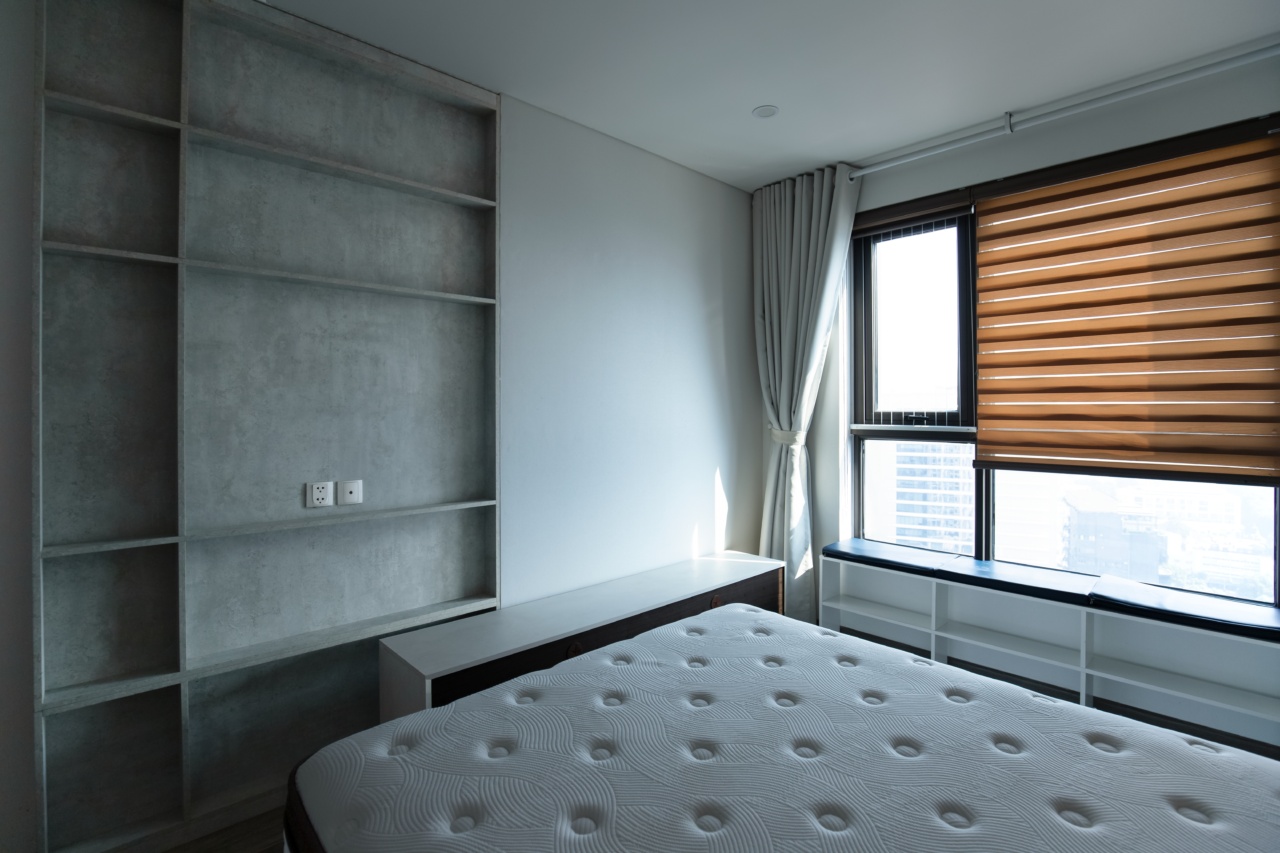A mattress is an essential component of modern-day life, providing a good night’s sleep and relaxation after a hard day’s work.
A good mattress, just like any other personal accessory, requires good maintenance to keep it comfortable and free of contamination. Over time, mattresses can become a breeding ground for bacteria and mold, motivating the need for regular cleaning.
This article will provide a detailed guide on the causes of the growth of bacteria and mold on a mattress, signs to detect them, and ways to prevent their growth.
What is Mold and Bacteria?
Mold and bacteria are tiny microorganisms that exist in the environment. They are all around us and form an essential part of nature.
While some bacteria and molds can be useful, others are pathogens and can cause various illnesses when they come into contact with the body. Both bacteria and molds can grow in almost every damp or moist environment, including mattresses that provide a humid atmosphere for growth.
What Causes Bacteria and Mold Growth in Mattresses?
Several factors contribute to the growth and spread of bacteria and mold on a mattress. Here are some of these causes:.
1. Humidity
A humid environment is ideal for mold and bacteria growth. When you sleep on a mattress, your body naturally loses moisture through perspiration, breath, and other bodily functions.
The humidity resulting from the accumulation of moisture in the mattress provides a perfect breeding ground for the mold and bacteria population.
2. Stains and Spills
Accidental spills of liquids on the mattress can lead to mold and bacteria growth as they add moisture to the mattress. If you fail to remove the spill, the liquid can penetrate the surface of the mattress, making it damp.
This damp environment can lead to mold growth and unpleasant smells.
3. Poor Ventilation
A lack of proper ventilation in the bedroom can lead to the accumulation of moisture, mostly during high humidity.
The lack of air circulation in the room does not allow moisture to evaporate, creating an environment conducive to mold and bacteria growth.
4. Dirty Sheets and Bedding
Dirty sheets and bedding can be a cause of mold and bacteria growth. When you go to bed, you leave behind dead skin cells, sweat, and hair on the sheets.
If left unattended, this debris can accumulate and create a moist environment for mold and bacteria growth.
How to Detect Bacteria and Mold Growth in Your Mattress?
Detecting mold and bacteria growth in your mattress can be challenging, especially if you are not familiar with what to look for. Here are some ways to detect these two occurrences:.
1. Smell
Mold and bacteria growth are often accompanied by a musty smell. Once you notice an odor emanating from your mattress, it could be an indication of mold or bacterial growth.
2. Visible Growth
In some cases, bacteria and mold growth can be visible. You may notice dark spots or raised patches on the surface of the mattress.
Upon encountering visible growth, it’s best to clean the mattress and seek professional help if the situation is out of hand.
How to Prevent Growth of Bacteria and Mold in Your Mattress?
While it’s impossible to prevent bacteria and mold growth entirely, there are measures you can take to limit their ability to grow on your mattress. Here are some of these preventive measures:.
1. Regular Cleaning and Maintenance
Cleaning and maintenance are essential to maintaining a clean and hygienic mattress. Regular cleaning and maintenance will ensure that your mattress is free from dirt, sweat, and other debris that bacteria and mold thrive on.
Ensure that you vacuum your mattress at least twice a week.
2. Use a Mattress Protector
A mattress protector offers an extra layer of protection over your mattress and prevents sweat and dirt from penetrating the mattress surface. Additionally, it keeps your mattress dry and less conducive to mold and bacteria growth.
3. Optimal Ventilation in Your Room
Proper ventilation in the room can help prevent mold and bacteria growth. Ensure that your windows are open to promote air circulation and prevent moisture from accumulating in the room.
Additionally, open the doors and windows during hot and humid weather to allow fresh air to circulate in the room.
4. Proper Spill Cleanup
If you spill any liquid on the mattress, ensure that you clean it up immediately. Use a cloth to wipe the spill and place the cloth in a washing machine.
Also, use a clean, damp cloth to remove any residue and allow the mattress to dry completely before placing fresh sheets and bedding.
Conclusion
Mold and bacterial growth on a mattress are common occurrences that, if left unattended, can lead to severe health issues.
Regular cleaning, maintaining proper ventilation in the bedroom, using a mattress protector, and properly cleaning up spills are all measures that can help prevent their growth. Taking these steps will ensure that your mattress remains hygienic and lasts for several years.































